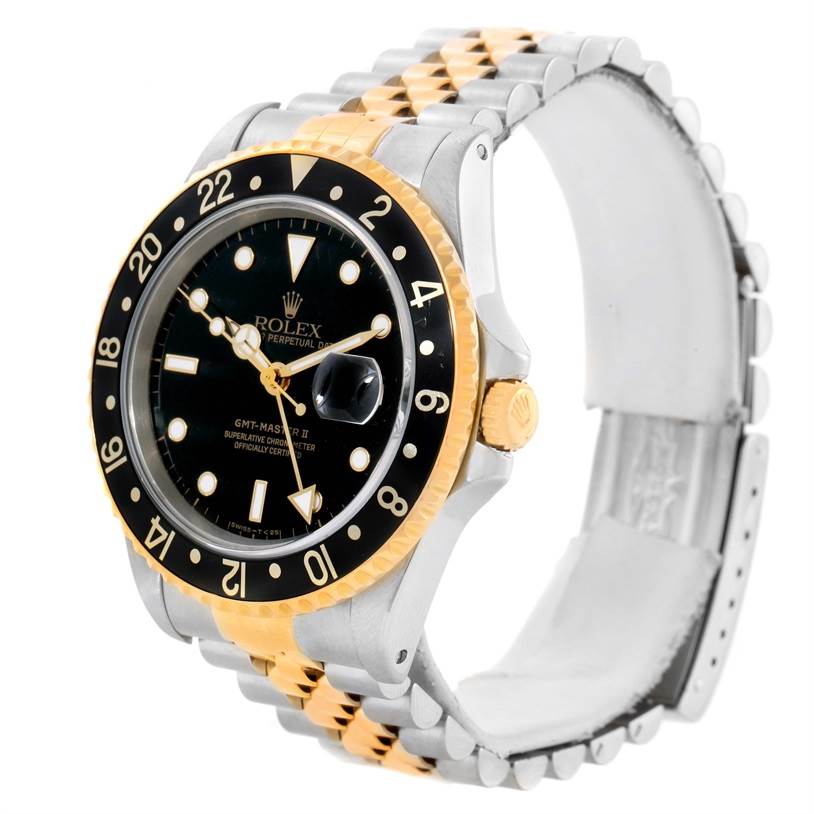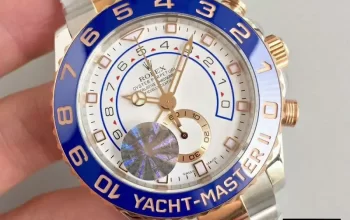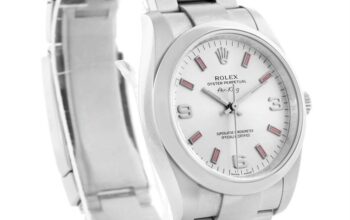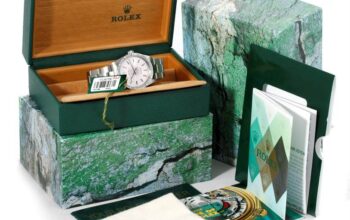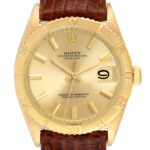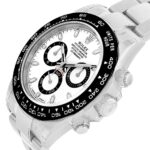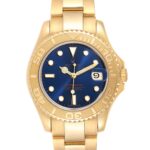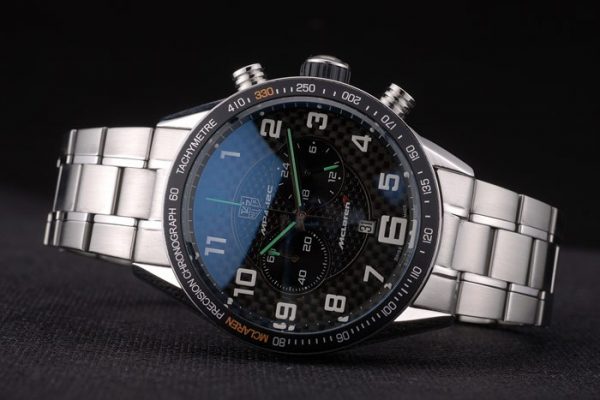It’s easy to find all sorts of advice for determining what you see as a non-genuine Rolex and a genuine Rolex. While there is some debate about the universality of some of these methods, four specific aspects seem to be on everyone’s list. Adopting these four methods will go a long way toward ensuring you don’t buy a fake. 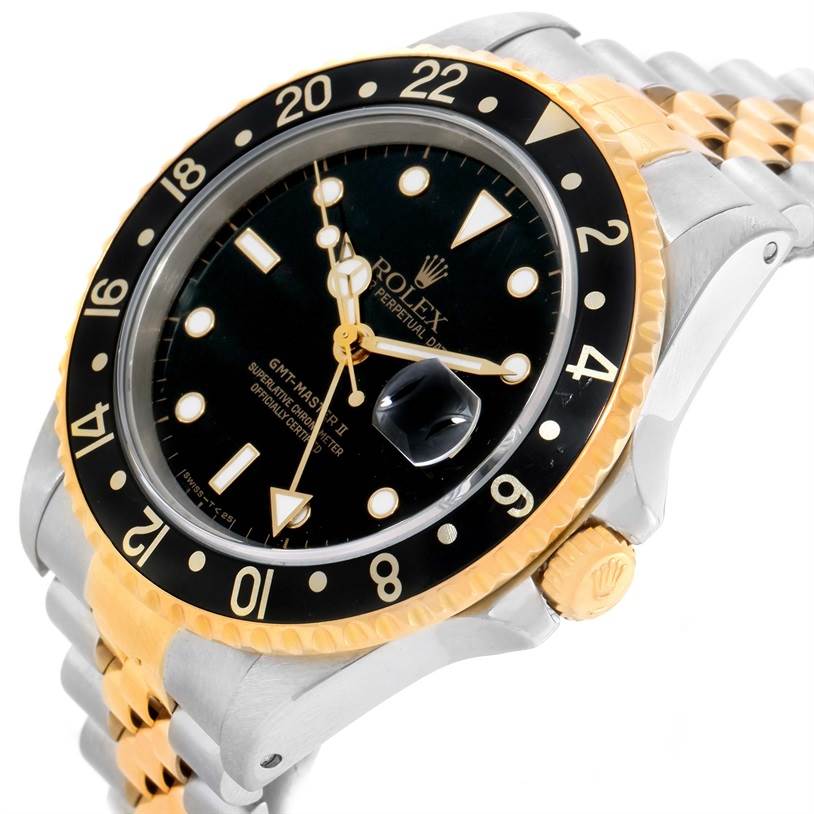
- 1. Start by observing the movement. Specifically, look at how the second-hand moves. If you’re holding a genuine Rolex, the movement is smooth. Many fakes use the jarring movement favored by lesser-quality brands. If you notice a snag, put down the fake Rolex and move on to the real thing.
- 2. Check the winder. Remember the amount of detail that goes into the making of every Rolex watch? This is true for the winder as well as all other parts of the watch. A genuine winder will have beautiful fluting and engraving that will easily distinguish it from the rest of the watch. In contrast, the winder on a replica Rolex is likely to look like the winders used on countless other brands.
- 3. Rolex watches usually have a so-called cyclops lens on the date. This magnifies the date and makes it easier to read. Many of the knock-offs on the market today either omit this feature altogether or try to include what looks like a lens that does little to magnify the date.
- 4. The weight of the watch itself is a clue. Remember that Rolex uses only the highest quality materials to make each watch. Since the counterfeit version of the game’s name is to invest as little as possible in producing these inferior watches, they will use inferior materials and weigh significantly less. If the supposed Rolex doesn’t look heavier than the watch you purchased from a big box store, you can bet it’s a fake.

